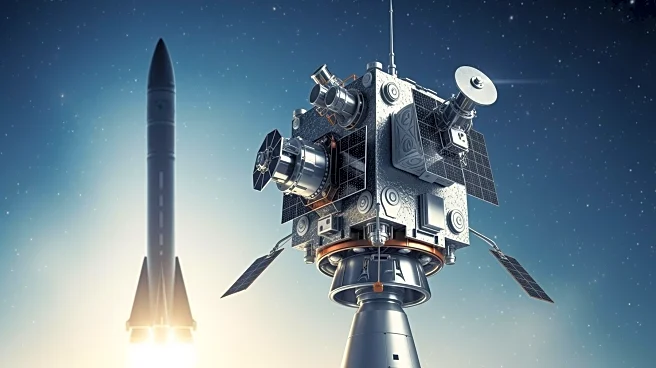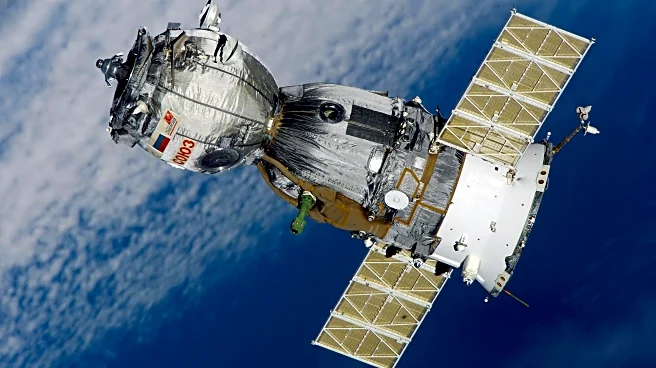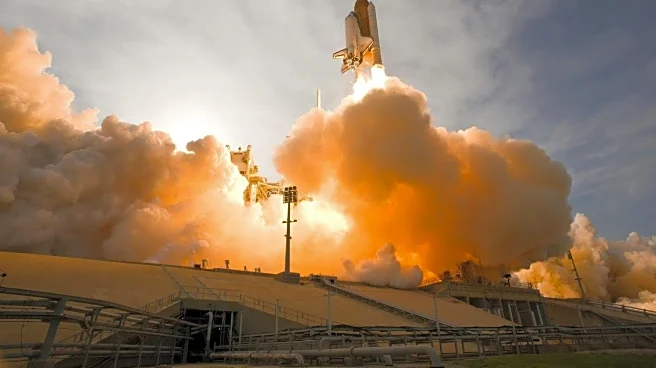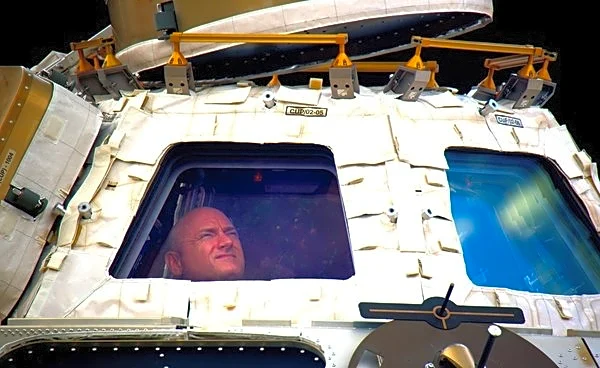What's Happening?
SpaceX successfully launched 29 Starlink satellites into low Earth orbit from Cape Canaveral Space Force Station on October 29, 2025. This launch marks the 138th orbital mission of the year for SpaceX, setting a new record for the company. The Falcon
9 rocket, which carried the satellites, had its first stage return to Earth, landing on the drone ship 'Just Read the Instructions' in the Atlantic Ocean. This mission is part of SpaceX's ongoing efforts to expand its Starlink megaconstellation, which now consists of over 8,700 active satellites. The Starlink project aims to provide global internet coverage, particularly in underserved areas.
Why It's Important?
The expansion of the Starlink constellation is significant for global internet connectivity, especially in remote and rural areas where traditional internet infrastructure is lacking. By increasing the number of satellites, SpaceX enhances its ability to provide high-speed internet access worldwide, potentially bridging the digital divide. This development also strengthens SpaceX's position in the competitive satellite internet market, challenging traditional internet service providers. Additionally, the successful reuse of the Falcon 9 rocket's first stage demonstrates SpaceX's continued innovation in reducing launch costs through reusability, which could have broader implications for the space industry.
What's Next?
SpaceX plans to continue launching additional Starlink satellites to further build out its constellation. The company is likely to focus on improving service quality and expanding coverage areas. As the constellation grows, regulatory and environmental considerations may arise, including concerns about space debris and the impact on astronomical observations. SpaceX will need to address these challenges while maintaining its launch cadence. The success of the Starlink project could influence future satellite internet initiatives and drive further advancements in space technology.
Beyond the Headlines
The rapid expansion of satellite constellations like Starlink raises questions about space traffic management and the long-term sustainability of low Earth orbit. As more companies enter the satellite internet market, international cooperation and regulation will be crucial to prevent overcrowding and collisions in space. The ethical implications of providing internet access to remote areas also warrant consideration, as it involves balancing technological advancement with cultural and societal impacts.
















